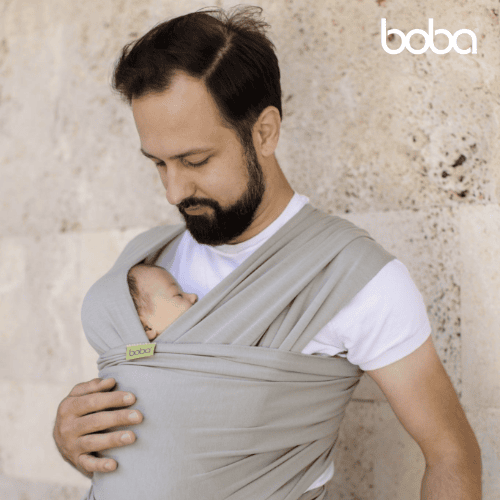7 tips to improve your child’s iron status (without supplementation!)
Iron is an essential nutrient, and one that many parents worry about. Current recommendations are to offer iron-rich foods as early as 4-6 months to ensure that there is enough iron available for the rapid period of growth and development that happens in the first year. Babies who are born full-term (37 weeks+) are born with enough iron from Mom to last until 6 months of age. Breastfed babies are at increased risk for iron deficiency after 6 months as breastmilk provides only a small amount (0.35 mg/L) of an albeit highly bioavailable iron. And, given that iron deficiency is the most common nutritional deficiency in children, it’s not uncommon for parents to bring their children to see us looking for whole-food, practical tips to improve iron status.
1. Offer iron rich foods at every meal. Infants need 11 mg iron between 6-12 months, so offering a single serving per day probably isn’t enough. Even iron fortified baby cereal only provides 5.5 mg per 4 tbsp of cereal, which is quite a bit for a 6-month old baby to eat! If your family eats meats such as beef, chicken and pork, know that these foods are good sources of heme iron which is more readily absorbed than non-heme iron found in foods such as beans, lentils and spinach. Non-heme iron still counts (it all adds up!), but you need to offer more of these foods to make up for the differences in absorption. For more iron-containing foods see this post about Iron-rich foods for kids and infants.
2. Limit dairy consumption at meals, and offer no more than 16 oz (2 cups) in total. Milk consumption is well known to displace iron, and is the reason behind the recommendation to limit milk (other than breastmilk) as a beverage before the age of 12 months. One study found that for every cup of milk consumed, serum ferritin (the storage form of iron) dropped by 3.6 %.
3. Limit juice consumption. Children who are offered juice (especially at mealtimes) may “fill up” before the more nutrient dense, iron rich foods are eaten.
4. Ditch the bottle! Drinking from a bottle after the age of 2 may increase the risk of iron deficiency, as suggested by this study. Children as young as age 6 months are able to drink from an open cup with a little help!
5. Include foods rich in vitamin C with iron-rich foods. Vitamin C help to increase the absorption of iron from foods, so don’t forget those fruits and veggies at meal times!
6. Keep breastfeeding. Just because breastmilk isn’t “rich” in iron, the type of iron is very well absorbed compared (49%) to even heme iron sources such as meats.
7. Delay cord clamping at birth. Several studies point to improved iron status at age 2 when cord clamping is delayed by at least 1 minute after birth. And, in June of this year the WHO published a statement recommending that this become standard practice to help reduce the incidence of iron deficiency.


Pingback: 7 tips to improve your child’s iron status (without supplementation!) | Everyday Health
October 21, 2015 at 10:06 amSam
September 2, 2015 at 3:13 amThe articles that I have read so far ares very clear and concise!! Thanks for . Putting information or high interest!